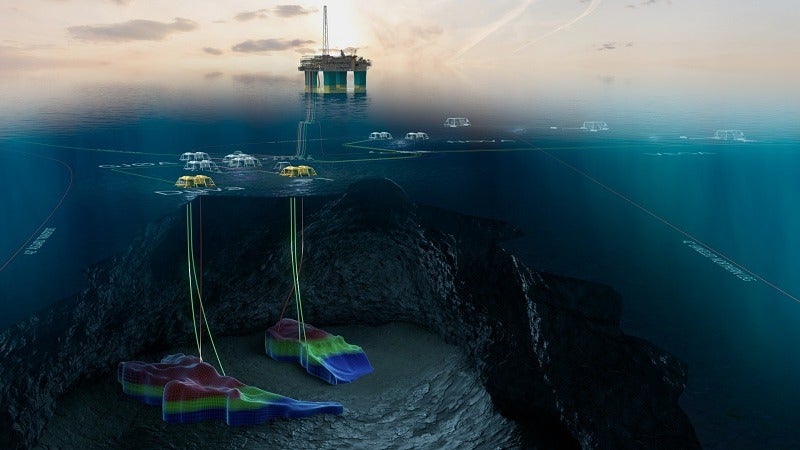
The two offshore Norwegian fields will be developed as subsea tie-backs to the nearby Gjøa floating production platform, operated by the company’s subsidiary Neptune Energy Norge.
Put together, the Duva and Gjøa P1 fields have estimated recoverable resources of 120 million barrels of oil equivalent. The company, which is operator of the two fields, expects them to enter into production in late 2020 or early 2021.
Previously called Cara, the Duva field, which is contained in production license 636, is located 6km northeast of the producing Gjøa field and 12km away from the Gjøa platform. The discovery was made in August 2016 through the drilling of well 36 / 7-4.
The Duva field is estimated to hold recoverable resources of 88 million barrels of oil equivalent and is expected to yield nearly 30,000 barrels of oil equivalent per day at maximum production.
Neptune Energy is the operator of the Duva field with a stake of 30%. Its partners are Idemitsu Petroleum Norge (30%), Pandion Energy (20%) and Wellesley Petroleum (20%).
The field will be developed using a four-slot subsea template and will be tied back to the Gjøa platform for processing and export. It will have three production wells, out of which two will be oil producers and one will be a gas producer, with the potential of adding another oil well.
The Gjøa P1 project will be a further development and extension of the Gjøa field, which will focus on drawing resources from the northern part of the offshore field. Gjøa P1, whose recoverable resources are estimated to be 32 million barrels of oil equivalent, is anticipated to yield about 24,000 barrels of oil equivalent per day at maximum production.
Contained in PL 153, the Gjøa field was discovered in 1989 and was brought into in 2010. Neptune Energy holds a stake of 30% in the field and is partnered by Wintershall Norge (20%) OKEA (12%) and DEA Norge (8%).
Neptune Energy Norway managing director Odin Estensen said: “With these development plans, Neptune is entering a period of growth on the Norwegian shelf with a very high activity level.
“We already operate the Fenja development in the Norwegian Sea, with production expected to start up early 2021. Together with the Duva and Gjøa P1 projects, this is a unique project portfolio”.






